Case Studies
26 results
Sustainability
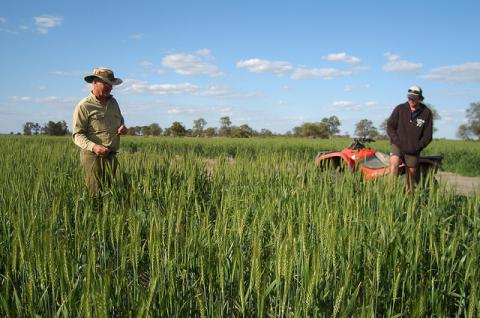

Switching off the grid and switching on to solar delivers big returns for an artesian trust bore near Moree
Because there is no local source of water on or adjacent to the property, Garah owner and manager Bill Yates became a member of a community trust that owns and operates a large bore pump in the local area. The trust consists of 43 members, all of whom draw water from the bore. Bill is now a director of the trust. The NSW Farmers Energy Innovation program has triggered a discussion among Bill and his neighbours about what they should do after the solar feed-in tariff ends in December 2016.
Read More
Sustainability
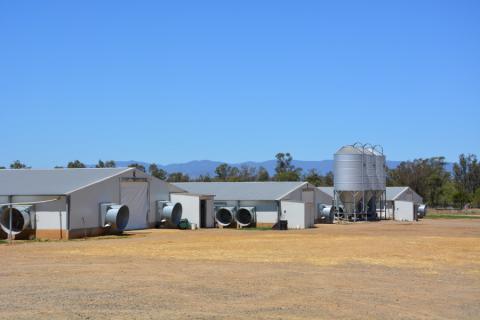

Solar proves a winner, delivering real savings to chicken growers
Poultry farmers run sophisticated sheds that automatically regulate temperature, air quality and light conditions. This can require a lot of power, especially during heat spells. Solar PV systems provide great value for chicken growers, as they maximise energy savings during hot and sunny days.
Read More
Sustainability


Reduce the speed, reduce the cost: variable speed drives on pumping systems lead irrigation efficiency measures for Gunnedah cropping enterprise
Working with the NSW Farmers’ Energy Team, the Kensal Green farm in Gunnedah identified significant energy savings opportunities over the short, medium and longer term. Heading the list of opportunities was the use of variable speed drives (VSDs) on pumps, as well as proper ballasting of the farm’s new tractor.
Read More
Energy
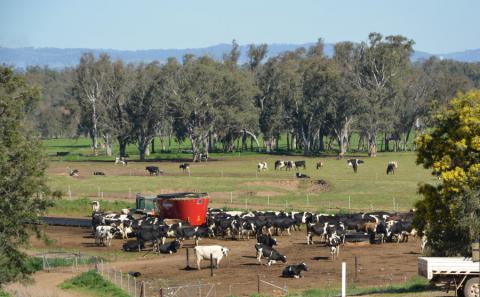

Energy efficiency supports the viability of a family-run dairy near Wagga Wagga
Price pressures in the dairy sector are forcing dairy farmers to look for ways of cutting costs to retain reasonable margins and remain viable. “We need to increase our herd and our yield to remain in business,” says Norman McCure, owner of Binowee Dairy in New South Wales. The challenge for the McCures is to achieve improvements in yield and volume at a lower cost per litre of milk. If this challenge is met, the business could not only survive but thrive, providing sufficient motivation for taking on the additional risk and hard work that the expansion will entail. An investigation into more efficient hot water and refrigeration systems and the possibility of generating biogas on site may lead to further options for optimising Norman’s investment and delivering an estimated 30% increase in production.
Read More
Sustainability


Heat, light and waste are the key areas of energy savings for a small poultry facility
With LPG around 20 to 30 percent more expensive than natural gas and the cost of LPG expected to increase over the next few years, gas-dependent poultry farmers are looking for alternatives to LPG so as to remain competitive in a growing sector. Along with exploring alternatives to costly LPG, the owners of Stratheden Glen poultry farm are implementing or considering initiatives including a lighting upgrade that will result in significant energy savings, voltage optimisation to improve the power delivered to site, and solar power for the main pump that supplies drinking water to the chickens and water for the evaporative coolers.
Read More
Sustainability
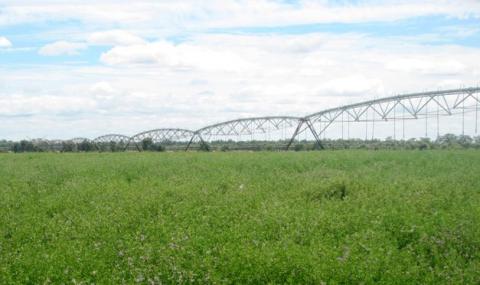

Electricity or diesel for irrigation pumping the key energy consideration at a mixed-farm enterprise
Killeneen is a 2,700-acre cropping and cattle property north-west of Albury, New South Wales, with 60% of the land dedicated to cropping and 40% to stock. Crops grown here include winter cereals such as canola and summer irrigated crops including lucerne, corn and beans. The farm’s energy costs are dominated by that of diesel fuel for bulk water pumping. Killeneen owner-manager Derek Schoen is keen to electrify his irrigation system. He engaged with the farm energy innovation program to explore the options for and potential efficiency gains from doing so.
Read More
Sustainability
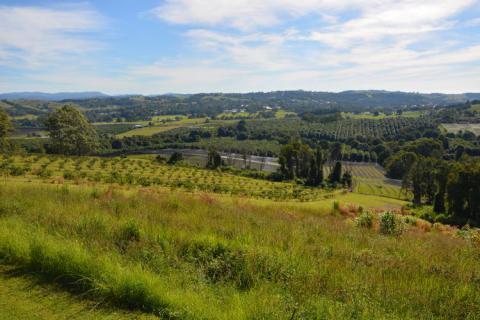

Boosting coolroom efficiency with VSDs, electrifying spraying operations and investing in solar could bring energy savings of 40% to Northern Rivers fruit farm
Fruits of Byron is an early-to-market fruit grower for the Brisbane and Melbourne markets that may also be an early adopter of energy storage technology. “I am weighing up tried and proven solar PV to charge an electric ute,” says Mark Napper, CEO of Fruits of Byron, a boutique grower of custard apples and peaches. Other initiatives Mark’s taking include reviewing pumping options to reduce his irrigation energy costs, and energy-efficient design options for a new coolroom as part of his business expansion plans.
Read More
Sustainability
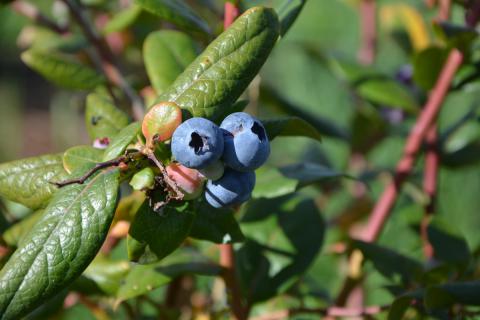

Sunshine delivers energy productivity for blueberry farm in NSW’s Northern Rivers region
Water, sunlight and clever farm practices will strip out 10% of the energy costs for this small farm just south of Byron Bay. Otto and Lynette Saeck have been improving their business continually over the past 10 years. Their next opportunity is to optimise water application and pumping schedules and exploit the sunshine available using solar PV-generated power to reduce their grid-delivered electricity use dramatically. Other initiatives they’re considering include installing high-efficiency motors (HEMs) and variable speed drives (VSDs).
Read More
Sustainability


Solar PV delivers a 10-20% reduction in energy costs to Northern Rivers piggery
The Drews are investigating a solar PV system for their homestead and their piggery to deliver power for lighting, feed augers and heat lamps for the piglets. “We are keen to reduce our dependency on the grid and save on running costs so that we have a prosperous future,” says Nick Drew, a fourth-generation pig farmer. Other energy-saving initiatives Nick is implementing or considering include installing more efficient heat lamps in the nursery and switching the mill over from a PTO off the back of an old 30hp Massey Ferguson tractor, to 21 and 6hp electric motors for the hammer mill and the mixer. The current set-up incurs significant losses, with a five-metre belt drive and limited capacity to vary motor speed to suit the load.
Read More

